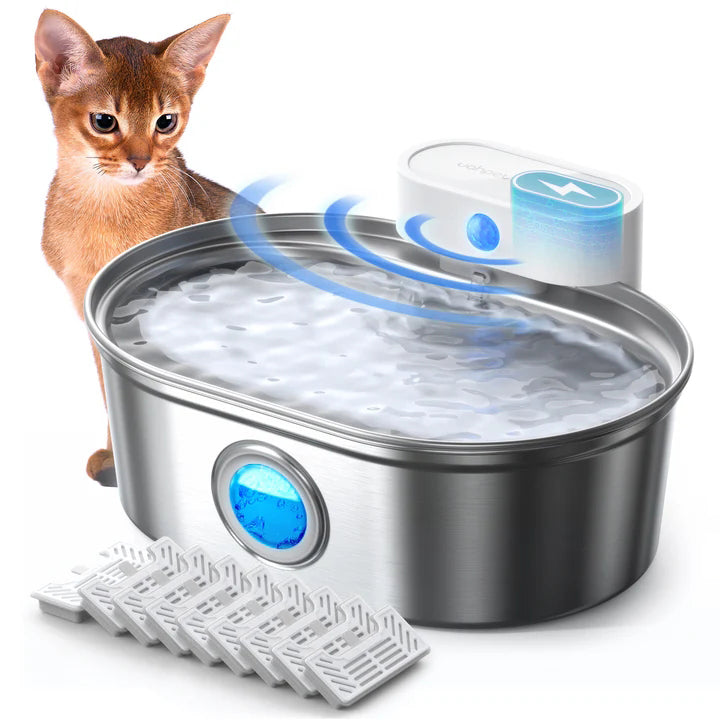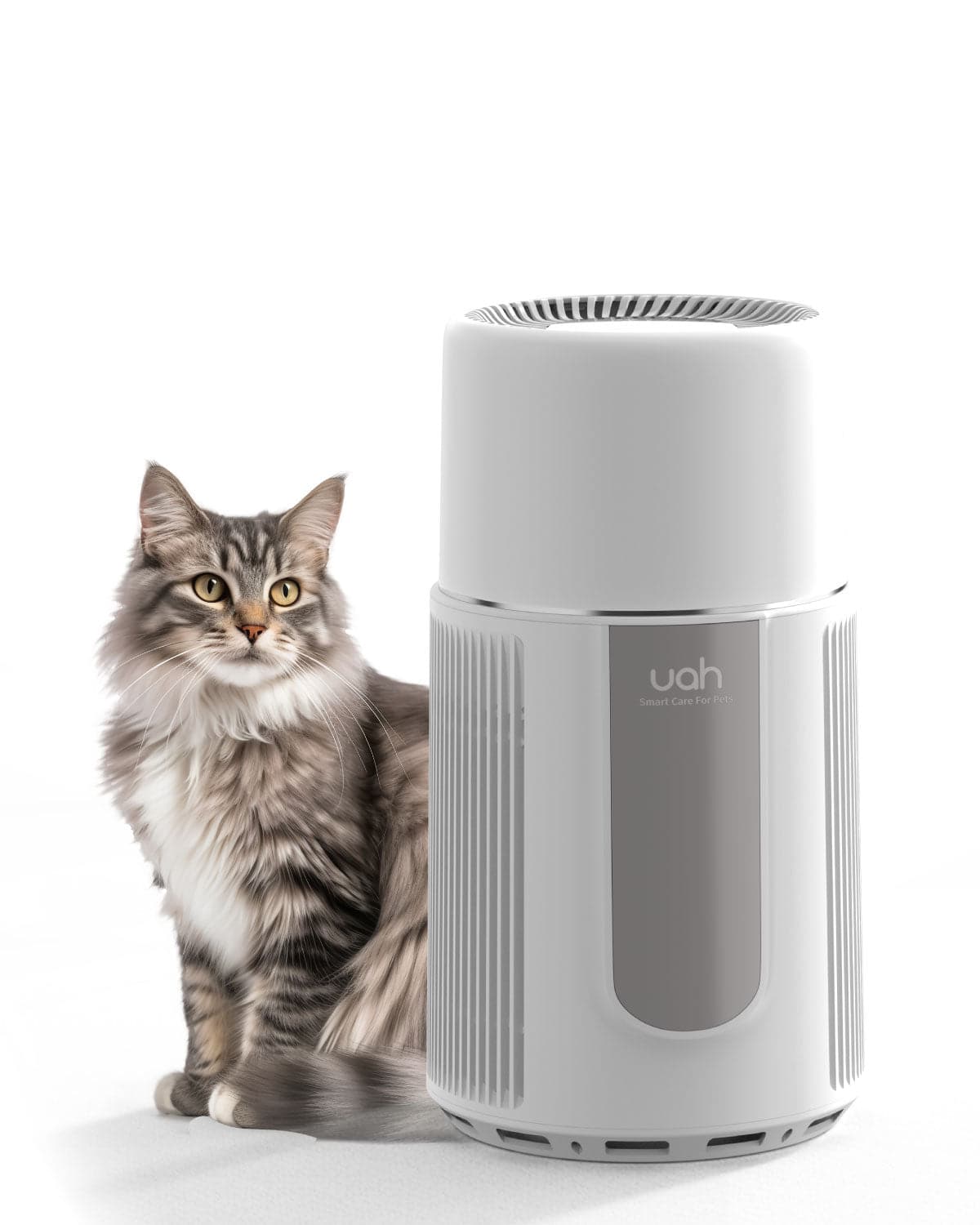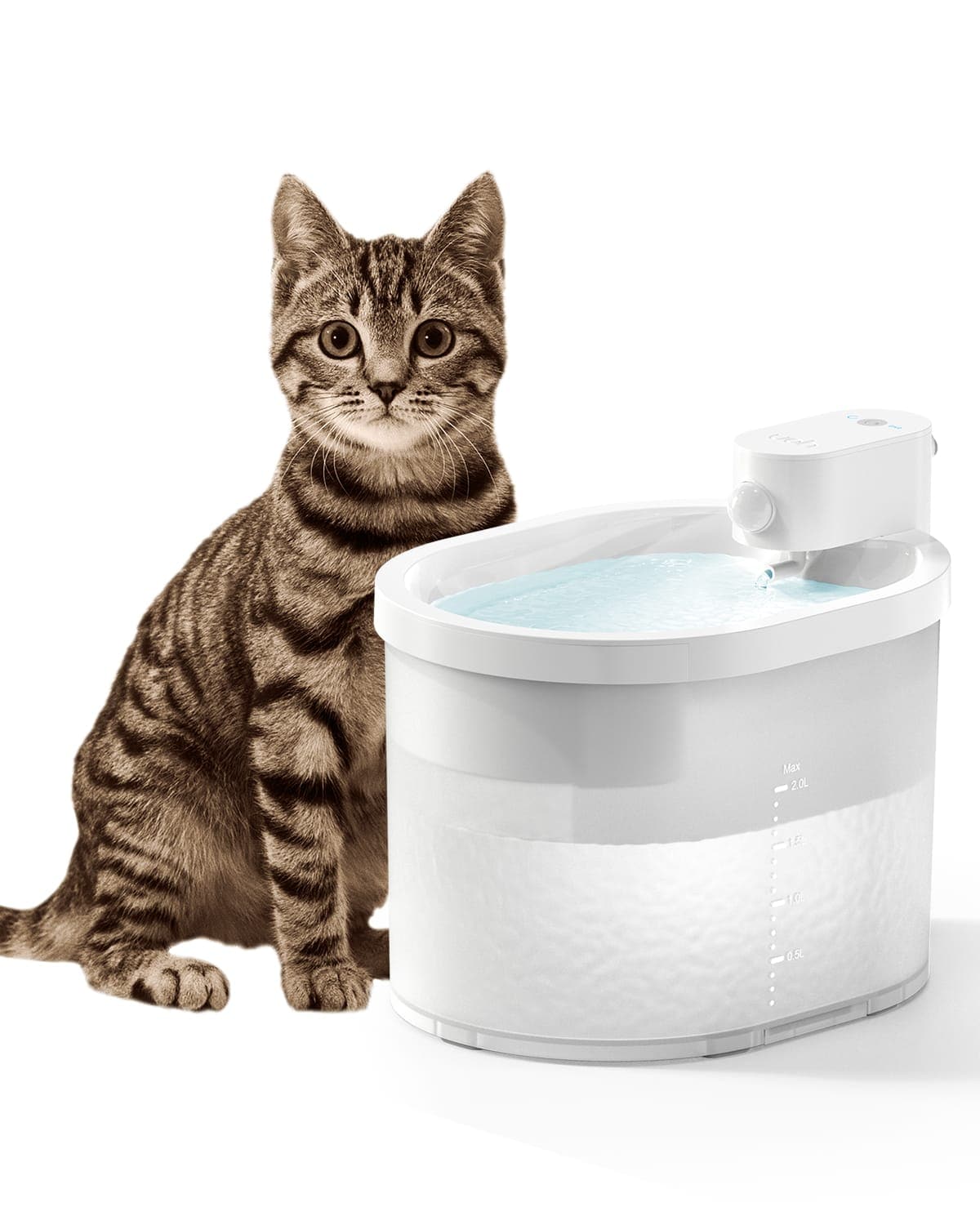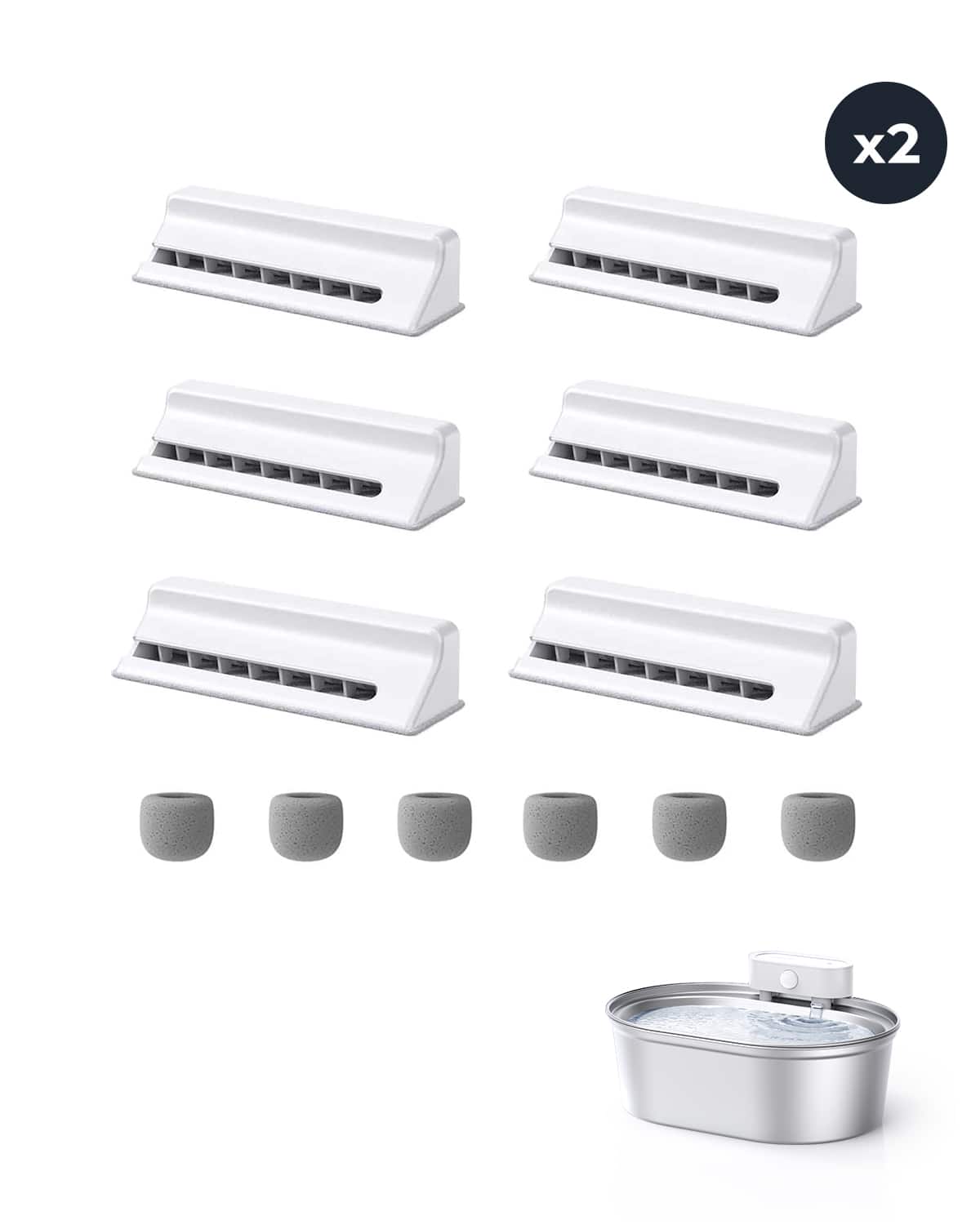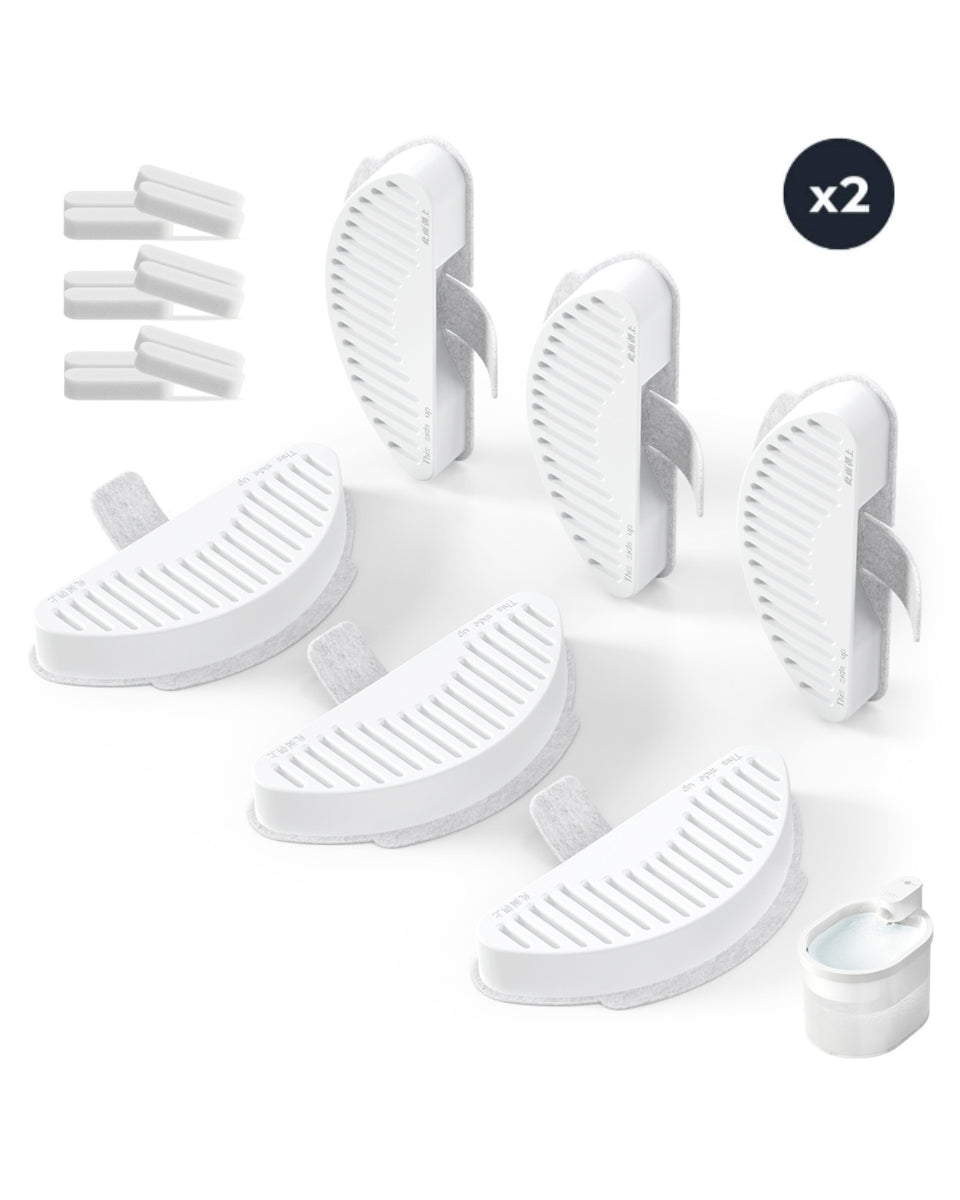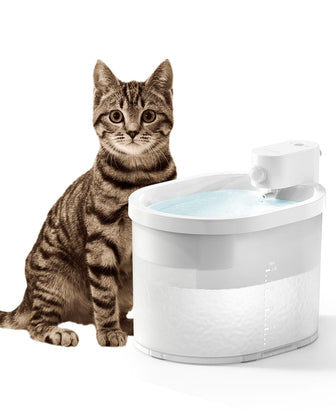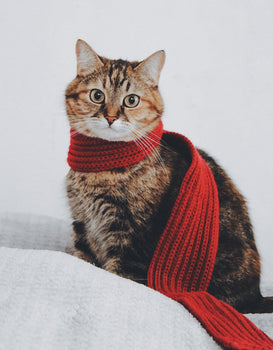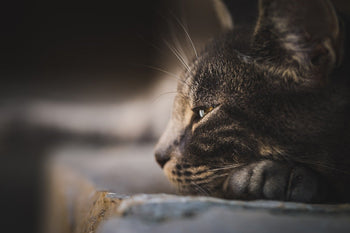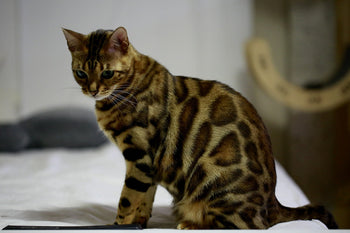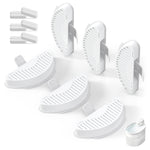Water is an essential nutrient for cats, and it is vital to ensure that they are adequately hydrated. One of the most common questions that cat owners have is whether they should feed their cats dry or wet food. Both options have their benefits and drawbacks, and it can be challenging to decide which one is best for your cat.
Wet food typically contains more moisture than dry food, which can help keep your cat hydrated. Additionally, wet food is often more palatable than dry food, which can be especially important for cats that are picky eaters. However, wet food can be more expensive than dry food, and it may not be as convenient to store and serve. On the other hand, dry food is often more affordable and easier to store, but it may not provide as much moisture as wet food.
Water in Your Cat Diet: Dry or Wet Food?

Key Takeaways
Both wet and dry food can be suitable options for your cat's diet.
Wet food can help keep your cat hydrated and may be more palatable, but it can be more expensive and less convenient.
Dry food is often more affordable and easier to store, but it may not provide as much moisture as wet food.
Related Posts:
Benefits of Wet Food
Wet food is an essential part of a cat's diet as it provides several benefits that dry food cannot. These benefits include higher moisture content, prevention of dehydration, and urinary tract health.
Higher Moisture Content
Wet cat food has a higher moisture content than dry food, which is beneficial for cats that do not drink enough water. The high moisture content in wet food helps to keep cats hydrated, and it can also help to prevent urinary tract infections.
Prevention of Dehydration
Cats that do not drink enough water are at risk of dehydration, which can lead to several health problems. Wet food can help to prevent dehydration by providing cats with the necessary moisture they need to stay hydrated.
Urinary Tract Health
Wet food can also help to maintain a cat's urinary tract health. The high moisture content in wet food helps to flush out any bacteria or crystals that may be present in a cat's urinary tract, which can help to prevent urinary tract infections.
Related Posts:
Benefits of Dry Food
When it comes to feeding cats, pet owners have the option of choosing between dry and wet food. While both have their advantages, dry food is a popular choice for many reasons.
Convenience and Storage
Dry food is convenient as it does not require refrigeration and can be left out for cats to graze on throughout the day. This is particularly beneficial for busy pet owners who may not have the time to feed their cats on a strict schedule. Additionally, dry food can be purchased in larger quantities and stored for longer periods of time, making it a cost-effective option.

Dental Health Maintenance
Another benefit of dry food is that it can help maintain a cat's dental health. The crunchy texture of dry kibble can help remove plaque and tartar buildup on a cat's teeth, reducing the risk of dental problems such as gum disease.
Affordability
Dry food is generally more affordable than wet food, making it an attractive option for pet owners on a budget. It also tends to be more widely available, making it easier to find in stores and online.
Related Posts:
Considerations for Choosing Between Wet and Dry Food
When it comes to choosing between wet and dry food for your cat, there are a few key considerations to keep in mind. By taking into account your cat's age, health, and preferences, consulting with your veterinarian, and developing a balanced diet strategy, you can make an informed decision about what type of food to feed your feline friend.
Age, Health, and Preferences
One of the most important factors to consider when choosing between wet and dry food is your cat's age and health. For example, if your cat is a senior or has dental issues, wet food may be a better option as it is easier to chew and can help keep your cat hydrated. On the other hand, if your cat is overweight or has diabetes, dry food may be a better choice as it typically contains fewer calories and carbohydrates.
In addition to age and health, it's also important to take your cat's preferences into account. Some cats may prefer the taste and texture of wet food, while others may prefer dry food. By observing your cat's behavior and preferences, you can get a better sense of what type of food they enjoy and what is best for their overall health.
Veterinarian Consultation
Another important consideration when choosing between wet and dry food is consulting with your veterinarian. Your vet can provide valuable insight into your cat's specific nutritional needs and make recommendations based on their age, health, and other factors.
In addition to consulting with your vet, it's also important to read the labels and ingredients of any food you are considering. Look for high-quality ingredients and avoid foods that contain fillers, artificial preservatives, and other additives that may be harmful to your cat's health.

Balanced Diet Strategy
Finally, it's important to develop a balanced diet strategy that takes into account your cat's age, health, and nutritional needs. This may involve a combination of wet and dry food, as well as occasional treats and supplements to ensure your cat is getting all of the nutrients they need to thrive.
By considering your cat's age, health, and preferences, consulting with your veterinarian, and developing a balanced diet strategy, you can make an informed decision about what type of food to feed your cat.
Related Posts:
Conclusion
In conclusion, both wet and dry cat food can provide the necessary hydration for cats, but wet food contains a higher percentage of water than dry food. It is important to ensure that cats have access to clean and fresh water at all times, regardless of their food type.
Cats who consume primarily dry food may require more water intake to compensate for the lack of moisture in their diet. Additionally, incorporating wet food into a cat's diet can provide additional benefits such as increased protein and lower carbohydrate content.
Ultimately, the decision between wet and dry cat food should be based on the individual needs and preferences of the cat and their owner. It is recommended to consult with a veterinarian to determine the best diet plan for a cat's specific needs.
Related Posts:
Frequently Asked Questions
What are the benefits of feeding my cat wet food compared to dry food?
Wet food has a higher moisture content than dry food, which can help keep cats hydrated and prevent urinary tract problems. It is also generally more palatable and can be easier to digest for cats with dental issues or gastrointestinal problems.
How often should cats be given wet food in their diet?
It is recommended to feed cats wet food at least once a day to provide additional moisture in their diet. However, the frequency and amount of wet food should be based on the individual cat's needs and health condition.
Can mixing wet and dry cat food be advantageous for my cat's hydration?
Mixing wet and dry food can be a good way to provide cats with both the benefits of moisture from wet food and the dental benefits of dry food. However, it is important to monitor the overall calorie intake to avoid overfeeding.
What are the potential disadvantages of exclusively feeding my cat wet food?
Exclusively feeding a cat wet food can be more expensive than dry food and may require more frequent trips to the store. Additionally, wet food can spoil quickly and may not be as convenient for pet owners who travel frequently.
How does adding water to dry cat food impact my cat's health?
Adding water to dry cat food can increase the moisture content and make it easier for cats to digest. It can also be helpful for cats with urinary tract problems. However, it is important to avoid overhydration and monitor the overall calorie intake.
Is it necessary to feed my cat wet food if they have a sufficient water intake?
While cats with a sufficient water intake may not require wet food, providing additional moisture in their diet can still be beneficial for their overall health and hydration. It is important to consult with a veterinarian to determine the best diet for each individual cat.


